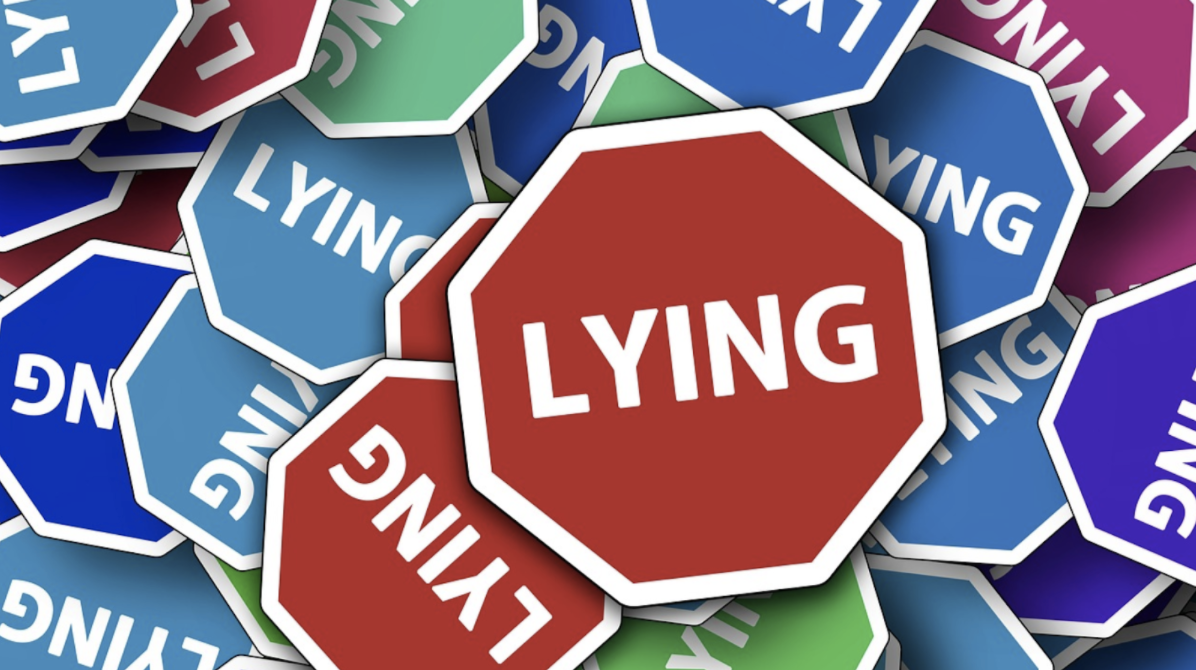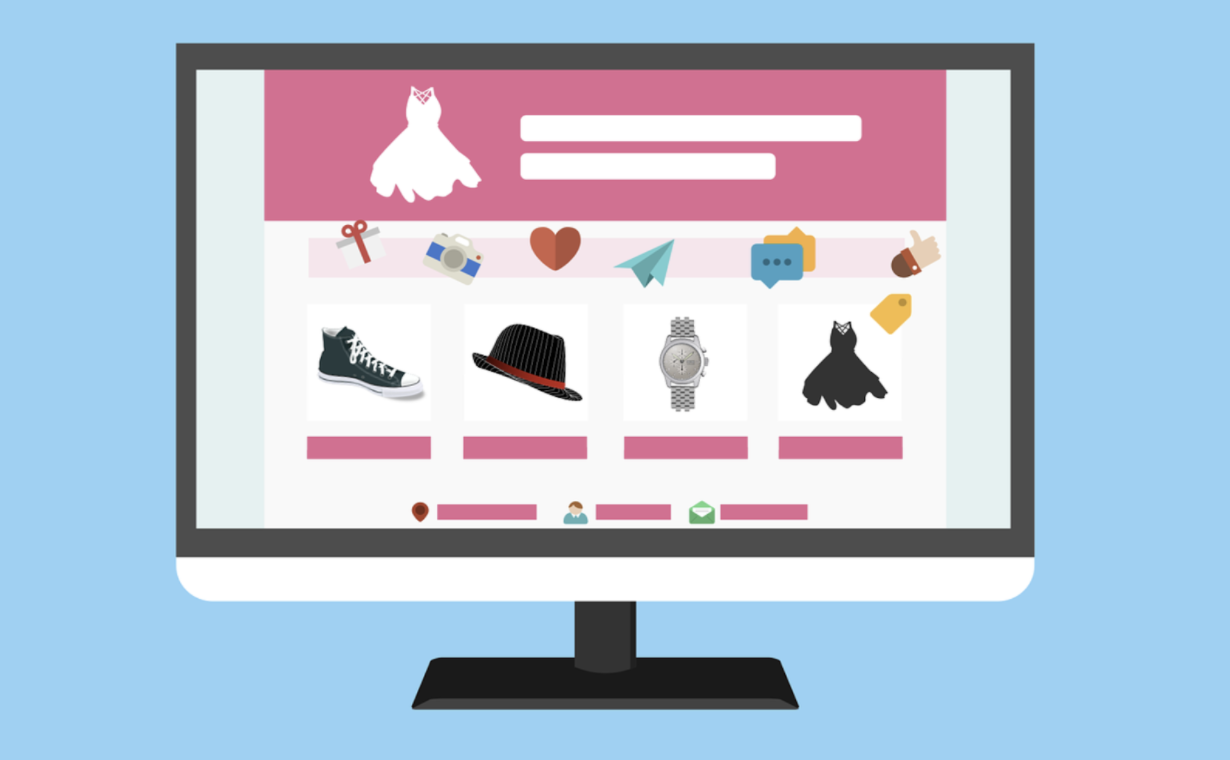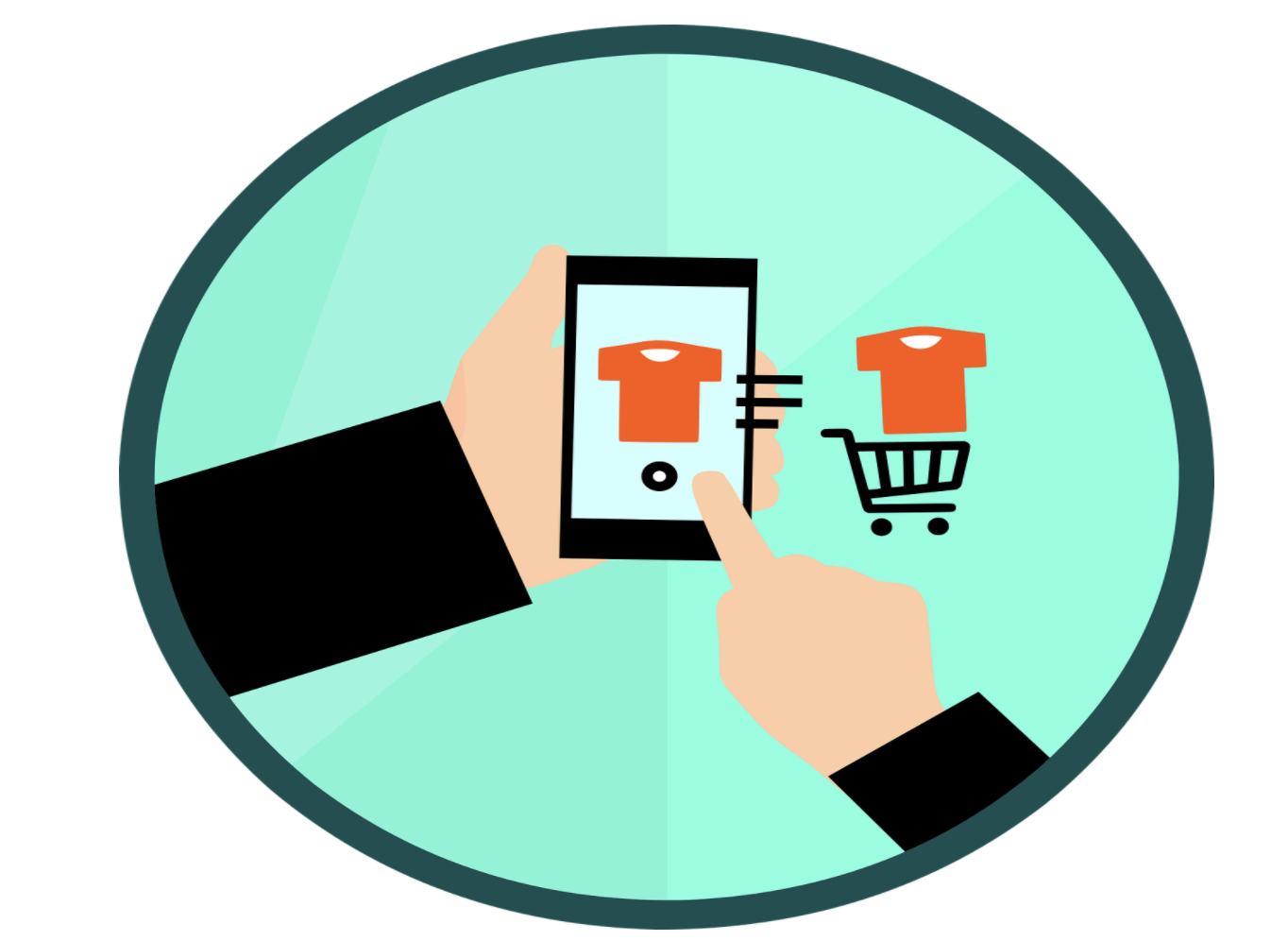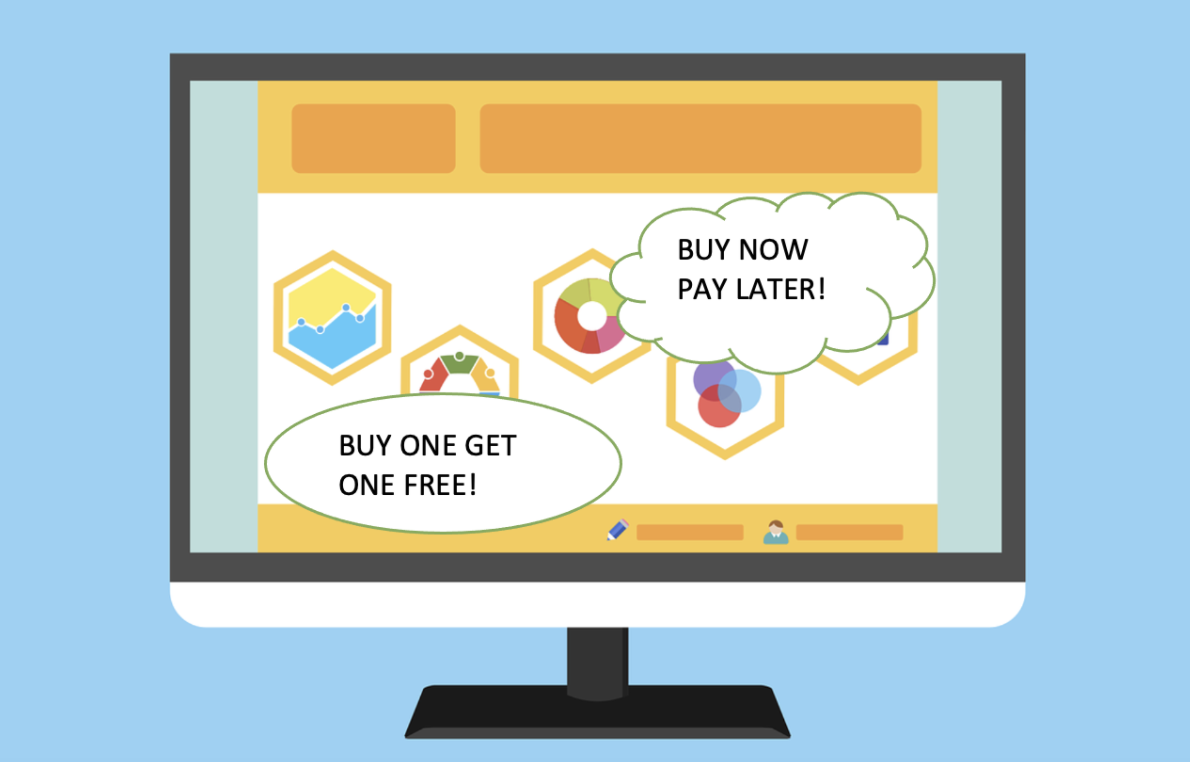How To Protect Yourself From Deceptive Digital Marketing When Buying Online
Jan 07, 2022 | Sabina M Abul
 Some companies use deceptive digital marketing tactics on their websites and a lot of people end up falling for them. Here are the top deceptive marketing strategies used by some companies and tips on how to keep yourself protected.
Some companies use deceptive digital marketing tactics on their websites and a lot of people end up falling for them. Here are the top deceptive marketing strategies used by some companies and tips on how to keep yourself protected. Did you know that there are businesses out there that are manipulating you when you are scrolling through their websites or even through their adverts online?
Yes, we know that all businesses care about profits and that online advertisements are made to appeal to our emotions and influence our buying decisions.
However, a lot of brands do not have the consumers’ best interest at heart and often tend to deceive customers by manipulating them through practices such as fake reviews, misrepresentation of products or even through hidden costs.
But how do you know that you are being manipulated and what can you do to protect yourself?
There are a wide range of methods used by some businesses to manipulate you, from using false claims to hidden fees and to know whether you are being negatively influenced by them, you need to know about all the possible tactics used by them!
Do not worry, once again, we’ve got you covered! Here are the different methods used by businesses to manipulate consumers through digital marketing.
METHODS USED BY BUSINESSES TO MANIPULATE CONSUMERS THROUGH DIGITAL MARKETING
1. Influencing your decisions how they want

A lot of the times businesses present information to you so that you are then influenced to act the way they intend you to.
For instance, when you are asked whether you want to sign up for their newsletter, they may present the information by making one option sound appealing and the other one sounding off-putting.
This could also be done visually, for instance, by making the “Buy Now” button bigger and colourful and the “Cancel” button less visible, small, and colourless.
Often, you are not even aware of these things as most people don’t tend to focus on these details which is why some businesses use this as an opportunity to trick you.
A lot of times, websites tend to also put in too much information in certain terms and conditions which you tend to just accept without reading because of how long they are. This also includes them having pre-ticked boxes that people tend to overlook.
These tactics can lead to them being able to get your information or even to make you accept conditions that you wouldn’t want to accept.
Also, a lot of companies are using social proof as a way to influence people’s decisions on social media.
Social proof is a psychological and social phenomenon wherein people’s behaviour are influenced by other people’s actions and opinions.
In the social media case, this is used by companies by sharing reviews, likes, comments, shares or tweets of other customers who purchased their products and were happy.
Sharing these will lead to customers increasingly wishing to buy the product in order to be liked or accepted by other people.
2. Using false claims to make you purchase from them

Some businesses use misleading and false claims related to their products or services.
This includes claims about the effectiveness of a certain product, the ingredients of a product, the quality and characteristics of it and the certificates and scientific support given to a product.
It is easy for people to fall for these claims especially because of how they may be worded, for instance if they state, “scientifically proven” or “dermatologically approved”, we just believe the statements and buy.
This can also be done using fake reviews, or even by reviews done by celebrities or popular people also known as influencers that do partnerships with these brands as a lot of the times these people are paid and may not be giving the right information about a product.
For instance, a popular makeup artist on Instagram or other social media may endorse specific brands and people who trust them and their expertise would just end up buying products from those brands only because of that.
Some influencers do this ethically and actually let their social media followers know whether they were paid to promote said brand, however, some do not do this.
A further example is also by saying that there are only a few items left on stock as it gives a sense of urgency to the buyer to purchase right now in case the product is not available in the future.
They also do something similar by showing the number of people who are viewing or viewed and purchased the item, sometimes with the names of the people showing up as “Mary from London just bought this” which make it seem like it’s real time data, when it might not actually be.
Therefore, it is important to keep in mind that a lot of statements may not be true and to check the validity of the claims rather than acting on them without a second thought.
3. Saying something is free when it isn’t

Many businesses falsely claim certain products or services to be free when they are not and when in fact there are hidden costs to be paid.
Businesses use this tactic even when they engage in social media marketing in order to give consumers the fear of missing out, which is a concept that has been proven to exist. By looking at the discounts and offers or even by just seeing the word “Free”, it automatically gives customers the fear of missing out and hence it leads them to act impulsively.
A lot of times the said discounts or the “free” claims aren’t real.
This often happens with “free trials” that you have to actually pay for.
Often businesses tend to get away with it by having terms and conditions that are too lengthy or that contain too much information that is not written in a clear manner.
Consumers, without reading, tend to just accept the “free” trials and then end up finding out later that the trial actually included costs.
This is why it is recommended for you to just read everything before clicking the “confirm” or “accept” buttons.
4. Hiding costs and fees from customers and using the reciprocity concept

Has it ever happened that you put in all the products you wanted in your cart and then when you went to check out, the price was higher than you thought it would be?
Well, you are not alone, as it happens a lot due to businesses adding taxes, handling and shipping fees with your items which leads to the price being higher even if you bought the products at a cheaper price.
A lot of times, certain prices of items are difficult to find, or they are changed by the seller through price discrimination. This is a practice used by certain retailers, where they get information on consumers’ location such as average incomes to determine what price to offer you. The higher the income, the higher the price they will set for you.
This is why it is important to be careful when buying and always checking the prices and any relevant information properly before making any decision.
Another thing companies do when marketing on social media is they use the reciprocity concept which, in social psychology, is the urge to respond to someone’s positive action with another positive action.
They are using this concept by giving people vouchers, free items or specific discounts. This, in turn, makes it more likely for customers to come back and buy from you due to the urge to give something back in return to you.
5. Adding products to your shopping cart without you knowing

Yes, it may not seem real, but some businesses add items to your shopping cart without your consent.
This is often done by adding items that you usually buy from them or by adding accessories that are related to the product that you put in the cart that people tend to buy together.
They may do it automatically, if you accidentally accepted a button that asks you about it or they may do it by having a pre-ticked box on the side that you didn’t notice.
This is why you should always be careful about where you click and what you click on. If in doubt, always go back and check!
6. Signing up is made easy, but cancelling is difficult

Have you ever noticed how easy it is to sign up for things, but how difficult it can be to cancel them?
This is a tactic used by many businesses where signing up for services is always easy, but cancelling them requires you to go through lengthy procedures that are difficult and time consuming.
This is not only done through making the procedure difficult, but by also making it difficult to find it.
All these factors can make it seem like cancelling is so stressful that people tend to delay it because of not having enough time or because of the procedure being too long.
A lot of the times, when you try to cancel something, a message like the following may come up “Are you sure you want to cancel and lose all the benefits…” which make it seem like you should not be cancelling and try to make it seem like you are making the wrong decision.
These are all techniques aimed at refraining you from cancelling.
7. Making you create an account to scroll through the product list

Some retailers require you to open an account in order to scroll through their products.
This is often done so that they can get your personal information and spam your mailbox with adverts and newsletters before you can even look at the products.
This is, again, another strategy used by them to get your information in order to promote their products.
HOW TO PROTECT YOURSELF FROM MISLEADING DIGITAL MARKETING TECHNIQUES USED BY BUSINESSES
1. Click only when you are sure

As we have just seen, a big reason why people end up making the wrong decisions when buying online is by clicking without checking everything properly.
This includes checking any ticked boxes or any terms and conditions and writing that are presented when purchasing something.
If you are unsure, do not click until you are, contrary to what businesses make you feel like, you do not have to make a decision right now.
Yes, no one likes to read the terms and conditions or read into every detail when buying, however it is safer to do so rather than regretting your decision later when the damage will have been made.
2. Avoid impulse buying when seeing ads

When scrolling through social media, it is not difficult to spot ads about products that may give you the urge to buy the product.
Do not let that influence you and do not click on ads and buy straightaway. Give yourself some time and ask yourself if you really need that item, maybe check it back a few days later when your mind will be more focused.
I am sure there must have been times when you might have felt under the trap and bought something that you ended up not using at all.
The only way to prevent that from happening again is by thinking carefully about whether or not you need the product or service that you are considering purchasing.
3. Do not trust everything you see

Do not just trust all the things written about a product on the company’s website. This includes customer reviews, product descriptions, effectiveness of the product or even influencers’ reviews.
If you are considering buying from a small business that you just found, the best thing to do before buying would be to check their reviews in different places.
You could check reviews websites such as Trustpilot, Bazaarvoice, Yotpo, or Yelp. You could also scroll through the social media pages of the company and see the comments and likes.
Checking in different places and platforms will allow you to gather as much information as possible about the brand which is better than just trusting the company website.
4. Know what data they collect and how it is used

I am sure you run into at least one website that asked you whether or not you want to “accept the cookies”.
Well, unfortunately as you might have already guessed, they are not offering you cookies to eat, but they are talking about placing text files on your browser to track what you do when you are not on their website anymore.
Yes, much scarier than the cookies we eat.
They normally state in their terms and conditions and policies what information they collect and how they use it.
Some companies may use your information and sell it to other companies or may even use it for evil purposes.
This is why, if you haven’t already, it is time for you to clear your cookies from your browsers and always be careful when choosing whether to accept all cookies when entering a website.
Also, it is important to check the policies of websites when you put in your personal information and see what data they collect and how they use it.
CONCLUSION
In conclusion, as we have seen, there are a lot of tactics that some businesses use to manipulate your behaviour when buying.
A lot of people end up falling for these tricks and learning about it the hard way, however, we hope that these tips we mentioned will help you be protected from being manipulated.
In the meantime, why don’t you check out this detailed blog on the top 9 reasons why you should consider opening an online business.
Alternatively, you could contact us if you’d like to know more about us!
Recommended








